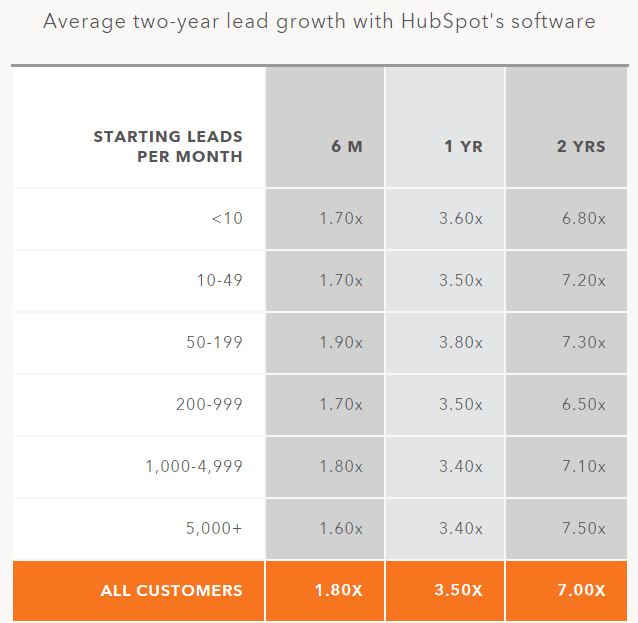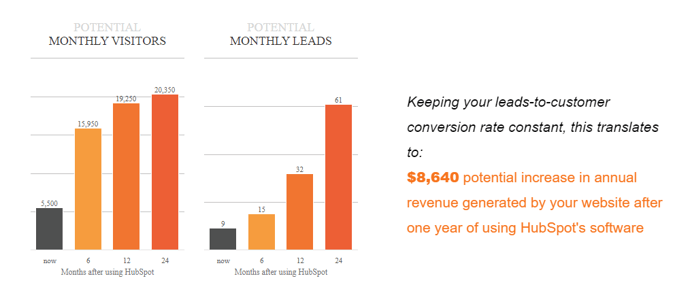We give an overview of how you calculate your ROI and clarify whether this still makes sense in inbound marketing.
What is the most difficult question in (inbound) marketing? How can I calculate my ROI? Mostly everything in a company revolves around this.
ROI generally stands for return on investment. It is used to measure the profitability and performance of a company. In online marketing, ROI shows the relationship between the budget used (e.g. costs for ads, content and manpower) and the profit generated from it (e.g. visits, leads and new customers).
ROI is calculated as follows: ROI = profit/turnover x turnover/total capital x 100.
Most companies are usually satisfied with an ROI of 7% to 10%. However, there are also faster-growing companies with higher investments and more risks, which tend to aim for an ROI of 15% to 25%.
Unfortunately, the ROI makes no statements about when the profit will occur and what risks are to be expected in the project. No period of time is included in the calculation and only direct costs are considered - indirect costs such as insurance or rent are not. Does it really make sense to calculate this in marketing? Is it not perhaps more informative to take a closer look at individual values and draw conclusions from them?
Let's take a look at HubSpot's "ROI Report", which refers precisely to such individual values:
Traffic
92.34% of companies using inbound marketing increase their website traffic
85% of companies that use inbound marketing increase their traffic within 7 months
Leads
92.7% of companies using inbound marketing see an increase in leads
83.9% achieve this within 8 months

Sales
42.2% of companies using inbound marketing increase their lead-to-sale conversion rate
49.7% increase sales within 7 months
HubSpot therefore offers a simple ROI calculator - the most important key figures are visits, leads, customers and the monthly sales price per customer. The result is displayed in dollars or as volume.

If you want to know more about KPIs in digital marketing, we recommend our guide on the topic.
